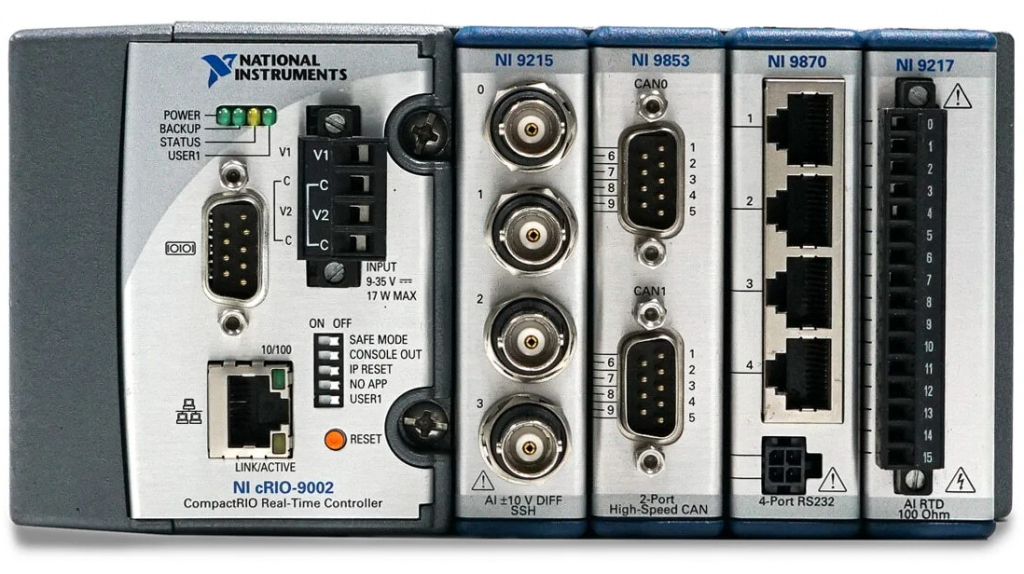In the heart of Africa’s rural landscapes, where access to reliable electricity is a constant struggle, a game-changing solution has emerged to power mobile phone base stations. This innovation not only addresses the critical need for energy but also paves the way for stable and extended mobile phone coverage across the continent.

The Challenge: Powering Mobile Phone Base Stations Off the Grid
The surge in mobile phone adoption across Africa has been nothing short of remarkable. According to a United Nations report, mobile phone usage in Africa skyrocketed by more than 500 percent between 2003 and 2008, and this upward trajectory is expected to continue exponentially. Yet, for a mobile phone to be truly transformative, it needs consistent signal coverage – something that heavily relies on a steady electricity supply to base stations.
However, the traditional energy grid in Africa falls short when it comes to reliability and coverage, especially in rural areas. The sporadic availability of power poses a significant hurdle to extending mobile phone coverage. While diesel generators have been considered a fix, their noisy, inefficient, and environmentally damaging nature doesn’t align with a sustainable solution.
Diverse Energy’s Green PowerCube
Enter Diverse Energy, a trailblazing company that sought to revolutionize this landscape. Their breakthrough solution? A fuel cell technology that transforms industrial gas into electricity without emitting carbon, delivering a clean energy alternative that’s off the grid. In the heart of this innovation lies ammonia cracking – a process that not only generates regulated DC electrical power but also yields only clean water and nitrogen as by-products.
The centerpiece of this solution is the PowerCube system, powered by NI CompactRIO hardware and harnessed through NI LabVIEW software. This dynamic duo controls and monitors the ammonia cracking process, providing a dependable electrical supply to rural Africa. This, in turn, translates to improved mobile phone coverage that’s stable and far-reaching.
A Win-Win for Environment and Society
Diverse Energy’s solution goes beyond powering base stations – it’s a win-win for both the environment and society. By swapping out diesel generators for fuel cell technology, harmful emissions and noisy disruptions become a thing of the past. Ammonia, a widely used industrial gas, serves as the raw material for this transformation. The conversion process involves tapping ammonia, reforming it into hydrogen and nitrogen, and then channeling the pure hydrogen to a fuel cell for electricity generation. The process is not only efficient but also eco-friendly, leaving behind only clean water and nitrogen.
One of the most compelling aspects of the PowerCube is its by-products. Pure, deionized water is a valuable outcome of this process, offering a solution to areas where access to clean drinking water is scarce – a testament to technology’s potential to address multiple challenges simultaneously.

LabVIEW and CompactRIO: Catalysts for Rapid Development
In the world of innovation, speed to market is paramount. This is where NI LabVIEW and CompactRIO shine. LabVIEW’s graphical programming environment enables engineers to rapidly develop and deploy solutions, making iterative changes and testing different operating modes seamlessly. This agility would have been a challenge with traditional text-based languages.
The scalability of LabVIEW played a pivotal role in this project’s success. Transitioning from Compact FieldPoint to CompactRIO hardware was made smoother by reusing up to 80 percent of the existing code. This not only slashed development time but also reduced costs. The incorporation of a field-programmable gate array (FPGA) within the CompactRIO platform enhanced processing capabilities and reduced the need for custom hardware, further boosting efficiency.
A Glimpse into the Future
Currently, the PowerCube solution is making waves, with installations in both African regions and the United Kingdom. The combination of LabVIEW’s real-time monitoring capabilities and CompactRIO’s robust performance continues to support the development and field trials of these systems. The ability to monitor data in real-time and swiftly adapt code has been a game-changer, enabling engineers to fine-tune the solution and respond to evolving needs effectively.
In a world where connectivity drives progress, Diverse Energy’s green energy breakthrough stands as a beacon of hope. By harnessing the power of LabVIEW and CompactRIO, they have not only tackled the challenge of mobile phone coverage but have also carved a path towards sustainable, clean energy solutions that uplift societies and protect the planet.
The original cast study discussed in this post was authored by Dr. Mike Rendall from Diverse Energy Ltd.







